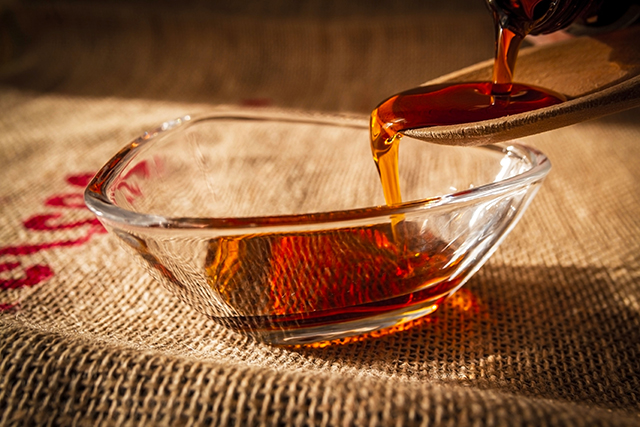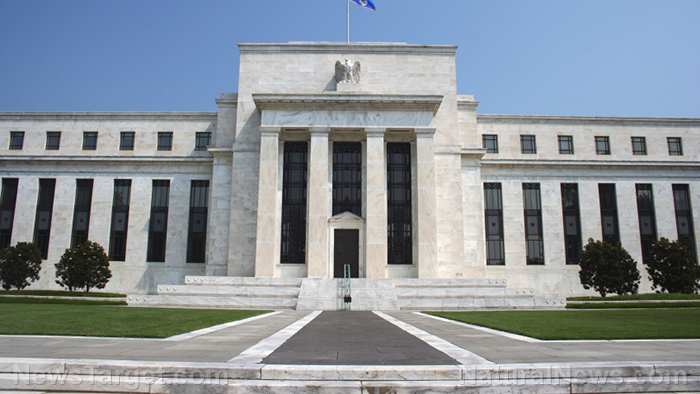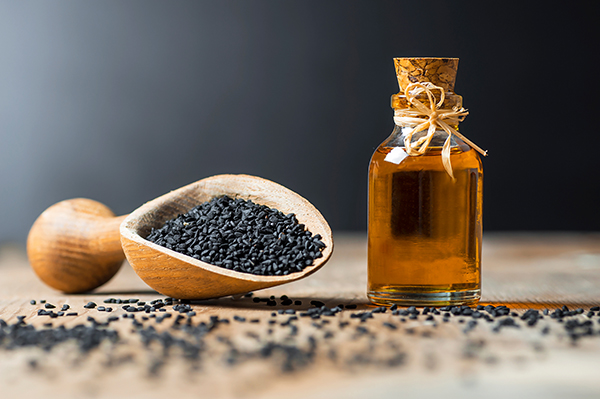 Parler
Parler Gab
Gab
This study is all the more interesting considering a experiment demonstrated, for what looks like the first time, that sugar is capable of not just feeding cancer but inducing it, i.e. it possesses oncogenic properties.
Obviously, the glaring disparity observed here is due to the fact that not all "sugar" is alike. The difference, for instance, between glucose, fructose, and sucrose is highly significant, on both a chemical and metabolic level. Also, food is a source of information that has gene-modulatory and regulatory functions. This means that one can not reduce the informational/qualitative aspects of any food down to its nutritional composition which is primarily understood in terms of strictly quantitative macronutrient and micronutrient profiles.
When you add in this all important nutritional context, particularly the role that food plays as both a delivery system and a source for a set of co-factors for appropriate metabolism and utilization, a "sugar" will behave far differently than when it is consumed in isolation, especially when consumed in the biologically inappropriate quantities characteristic of the modern Western diet. Another example is honey, which is also high in sucrose but does not act like regular purified "sugar" either. In fact, not only does honey not appear to act as a "fuel" for aerobic glycolysis (the preferred metabolic mode of cancer cells) as does purified fructose, but in the past I reported on its potential as an anti-cancer agent, and with applications perhaps especially relevant to breast cancer.
And so, this study reveals that maple syrup, which has a wide range of physiochemically and informationally active components beyond sucrose alone, should no longer be classified crudely as a sugar, but as a whole food and potential phytomedicine with a complex composition still in need of more in depth exploratory research and analysis.
Maple Syrup's Potential Anti-Cancer Properties
The study, titled "Inhibitory effect of maple syrup on the cell growth and invasion of human colorectal cancer cells," was performed by Japanese researchers who examined the effects of three types of maple syrup, classified by color, on colorectal cell (CRC) proliferation, migration and invasion. Their goal was to assess the suitability of maple syrup as a potential phytomedicine for cancer prevention and treatment. Their results were summarized as follows:
CRC cells that were administered maple syrup showed significantly lower growth rates than cells that were administered sucrose. In addition, administration of maple syrup to CRC cells caused inhibition of cell invasion, while there was no effect on cell migration. Administration of maple syrup clearly inhibited AKT phosphorylation [a pro-cancer cellular signal transduction pathway], while there was no effect on ERK phosphorylation."
These results lead them to conclude:
[M]aple syrup, which is a natural sweetener used throughout the world, inhibits CRC cell growth and invasion through suppression of the AKT signaling pathway. These findings suggest that maple syrup, particularly dark colored ones, might be suitable as phytomedicines, which have fewer adverse effects than traditional chemotherapy for CRC treatment."
Conventional approaches to colorectal cancer treatment now rely heavily on highly toxic drugs, such as fluoropyrimidines plus either oxaliplatin or irinotecan, which is considered the standard of care for advanced CRC. These agents can actually increase chemoresistant subpopulation of cancer cells, including the cancer stem cells, which are at the heart of cancer malignancy. They also have a broad range of debilitating, even lethal side effects which are arguably a greater overall mortality risk than the cancer itself.
Maple syrup, on the other hand, is a food with zero known toxicity (consumed in reasonable quantities). The paper commented on its composition as a complex food with a wide range of nutritional and phytomedicinal components and a few of its therapeutic effects:
Maple syrup is a natural sweetener consumed by men and women of all ages throughout the world. Maple syrup contains not only abundant amounts of sucrose and glucose, but also various other components such as oligosaccharides, organic acids, amino acids, vitamins, and minerals including manganese and zinc (8–12). Moreover, recent studies have shown that maple syrup contains various phenolic compounds such as lignans and coumarin (13,14), quebecol (15), and ginnalin (16,17). These phenolic compounds in maple syrup may possess various types of activity. An in vitro study of a butanol extract from maple syrup demonstrated inhibitory activity toward α-glucosidase (18). Ethyl acetate extracts of maple syrup showed antioxidant activity and anti-proliferative effects against cancer cell lines (19). Ginnalin-A inhibited the cell growth of colon cancer cell lines (16). In addition, an effect of maple syrup has also been reported. The increase in plasma glucose was found to be lower after the oral administration of maple syrup than after the administration of sucrose in the Otsuka Long-Evans Tokushima fatty rat, a model of type II diabetes mellitus (20)."
Incidentally, the study found that the maple syrup samples that were the darkest were most effective at inhibiting cancer cell proliferation. They describe the Canadian standards for the different grades of maple syrup as follows:
Although maple syrup is made from boiling down sap, its color, aroma and taste change due to differences in the growth conditions and season when the sap is collected. Thus, based on Canadian standards, maple syrup is classified into five grades as follows: AA (extra light), grade A (light), grade B (medium), grade C (amber), and grade D (dark) (19). The syrup typically becomes darker in color as the season progresses, and antioxidant activity is proportional to the darkening color of the maple syrup (19)."
Note above that they found the "lower" the grade the more potent an antioxidant and potential therapeutic agent.
Surprisingly, the study found that sucrose, the main component of maple syrup, inhibited colorectal cancer cell growth at a 10% concentration. They determined this by testing a sucrose concentration range between 0.1–10%, finding only that the 10% concentration had cancer inhibitory properties. This finding goes against a common viewpoint that "sugar" is unilaterally a cancer-promoting substance. Ironically, the higher concentration was inhibitory, which the authors surmised has to do with its effect on osmotic pressure in exposed cells. The researchers therefore used a 1% sucrose concentration in both the control and maple syrup groups because it did not show cytoxic/cancer-inhibiting properties at that range, to eliminate the confounding variable of sucrose's own potential anti-cancer physical properties.
Another important observation is that the maple syrup had no effect on the proliferation of normal colonic epithelial cells. This property of selective cytoxicity, and which is absent in conventional chemotherapy and radiotherapy interventions, is an extremely important difference when it comes to the superior safety profile of natural, food-based interventions versus conventional ones.
Read more at: GreenMedInfo.com
Congresswoman Sheila Jackson Lee puts the ‘DIE’ in DEI…
By News Editors // Share
By News Editors // Share
“They’re not wrong”: Trump voices support for pro-Palestine protesters chanting “Genocide Joe”
By News Editors // Share
Black seed oil puts deadly asthma meds to shame
By News Editors // Share
War on Gaza: Israeli commander behind aid worker killings had demanded ‘siege’ of Gaza
By News Editors // Share
Social media fact checkers claim their work isn’t censorship. Here’s why it is.
By News Editors // Share
Governments continue to obscure COVID-19 vaccine data amid rising concerns over excess deaths
By patricklewis // Share
Tech giant Microsoft backs EXTINCTION with its support of carbon capture programs
By ramontomeydw // Share
Germany to resume arms exports to Israel despite repeated ceasefire violations
By isabelle // Share










